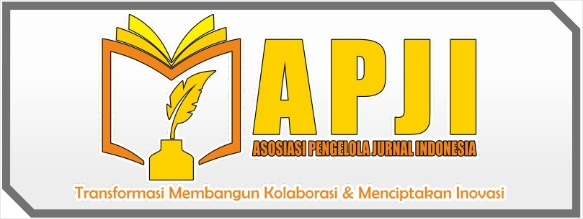Mendorong Kesadaran Lingkungan Melalui Narasi Visual Dan Digital Pada Rptra Pola Idaman
DOI:
https://doi.org/10.70610/assoeltan.v2i2.390Keywords:
Narrative, Digital VisualAbstract
Visual narrative or visual storytelling can also be understood as telling a story using pictures. Just like the meaning, visual narrative is structured in two stages, namely the narrative stage and the visual stage. At the narrative stage, we must start by compiling a story that has a clear plot or line starting from the opening message or introduction, content or main information and ending with a conclusion or conclusion. This stage may sound cliche, but the stage of composing the story is the most important part in preparation of visual narratives. If the narrative can be completed well in the sense of being able to contain a message and having a narrative structure that is easy to understand, visualization will be easier because it already has a reference. In fact, with a good story, we can choose various visual media that are appropriate to their function. Since the popularity of social media as an alternative medium for information and interaction in the digital world, various public institutions, both government and non-government institutions, have joined the timeline on social media. In contrast to personal or brand accounts, social media accounts belonging to public institutions are more oriented towards disseminating public communication content such as disseminating policies, study results, or social campaigns containing appeals.
Downloads
Published
How to Cite
Issue
Section
License
Copyright (c) 2024 Assoeltan: Indonesian Journal of Community Research and Engagement

This work is licensed under a Creative Commons Attribution-ShareAlike 4.0 International License.
License: CC BY-SA 4.0 (Creative Commons Attribution-ShareAlike 4.0 International License)













